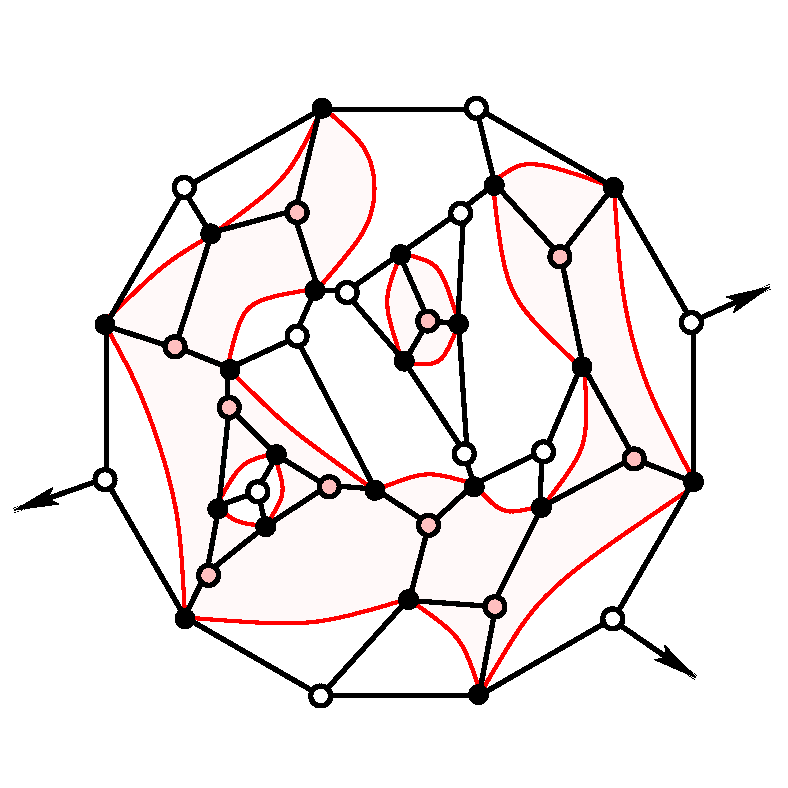Vorlesung
über
Graphentheorie
Wintersemester 2023/24
Prof. Stefan Felsner
LV-Nr.: 3236 L 229
Mo 12-14 (Mar 0.016)
Mi 14-16 (EN 181)

Vorlesung über Graphentheorie Wintersemester 2023/24 Prof. Stefan Felsner LV-Nr.: 3236 L 229 Mo 12-14 (Mar 0.016) Mi 14-16 (EN 181) |
 |